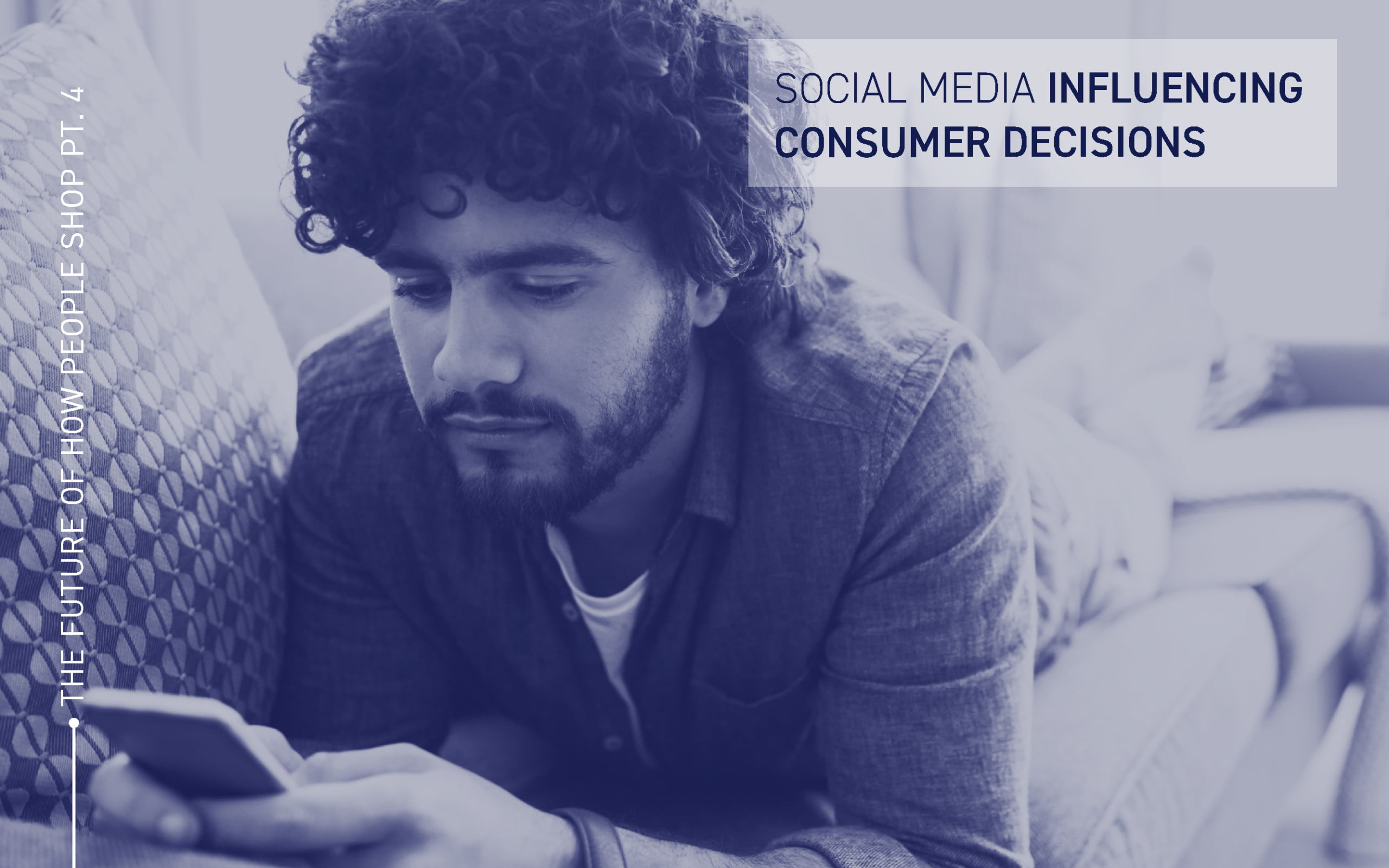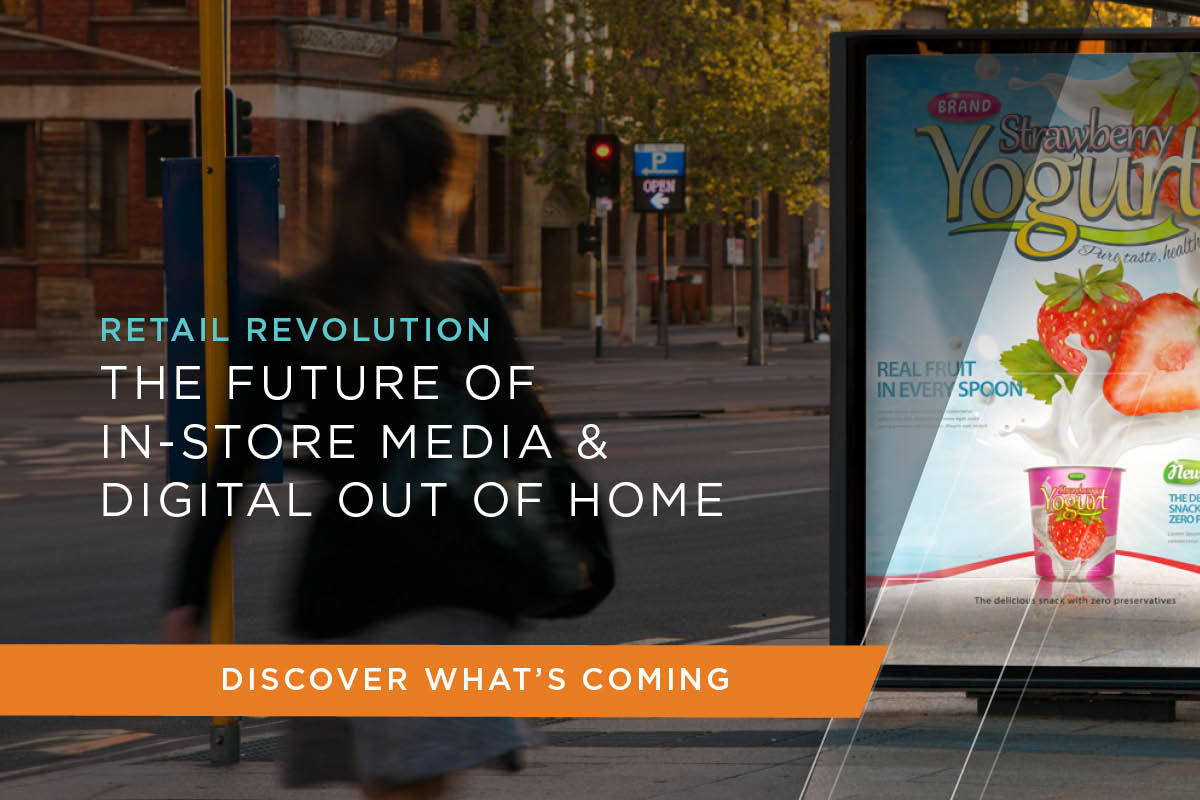Summary
No marketing discipline defined the 2010s quite like influencer marketing. Few platforms came of age or impacted marketing more in the 2010s than social media influencers. From mommy bloggers to YouTube personalities to Instagram celebrities, consumers turn to online content creators — many of whom they see as peers — for advice on various products and services.
In many ways, influencer marketing has redefined the customer purchase journey. However, it’s important to remember that influencer marketing is no longer in its infancy — three-quarters of marketers already collaborate with influencers. With consumers growing savvier by the day, it begs the question: How will social media marketing continue to influence consumer choices?
That’s one of the answers we sought when we teamed up with Kantar Research during the fourth quarter of 2019 to conduct a survey that gauged customers’ shopping journeys across five categories: cleaning supplies, groceries, skincare products, small electronics, and restaurant transactions. We learned that testimonials from online influencers still offer value for brands. More importantly, however, social media interactions themselves have a hand in influencing consumer perceptions, whether those interactions come from an influencer or the brand itself.
Here are four key findings from our survey that are specific to influencer and social media marketing:
1. Consumers still want influencers to scope out products for them.
Word of mouth has always been critical to the customer purchasing journey. In the past, that might’ve looked like asking a friend for a product recommendation, but the arrival of social media and influencer-brand collaborations have given peer-to-peer influence a whole new meaning.
Our research found that nearly a third of consumers will try a new product if it’s recommended by an influencer they follow. In some consumer groups, that number is even higher. For instance, 58% of electronics consumers rely on influencer recommendations (which makes sense when you consider that tech gadgets typically carry a higher price tag). When it comes to food, however, consumers seem to lose interest: Only 18% of grocery shoppers and 20% of restaurant patrons look to online celebrities for food recommendations.
2. Influencers improve the credibility of advertisements.
Some consumers dislike advertising; according to Forrester Research, those individuals do what they can to avoid ads altogether, regardless of format. Interestingly, sentiments change when an ad features someone a consumer follows online. A quarter of consumers trust an advertisement more when it features an influencer they admire.
The halo of influencers reaches even further when it comes to electronics consumers, with 49% trusting influencer-featured ads. When it comes to food, however, there seems to be less of an impact. Only 17% of restaurant-goers and 14% of grocery shoppers say they trust advertising more when it features a social media personality.
3. Consumers view brands as peers.
Social media has changed the way we communicate, allowing us to share (and gather) information instantaneously. In some cases, social media has given some consumers a direct line to brands. In fact, 28% of consumers actively chat with brands online — much like they would with their peers.
Once again, certain categories see higher levels of engagement than others. Electronics consumers topped the list at 56%, but those numbers fall to 19% and 16% for restaurant patrons and grocery shoppers, respectively.
4. Consumers expect quick resolutions.
It shouldn’t come as much of a surprise that a portion of the aforementioned brand interactions involve complaints. But here’s the thing, these complaints come with high expectations.
On average, 30% of consumers expect an immediate response after airing a grievance with a brand online. Social media expectations are at their highest in the electronics category, with 50% of shoppers expecting almost instantaneous follow-ups. In other categories, there’s less of a sense of urgency, especially when it comes to cleaning (21%) and groceries (17%).
Social media’s emergence as a go-to marketing strategy over the past decade happened for good reason. Not only is it a more creative and humanistic approach to marketing, but it also leverages real-time feedback to recalibrate its messaging and strategy. It’s the ideal resource to keep pace with a consumer landscape that is as fluid as any in history.
For those reasons, social media marketing will continue to make consumers more receptive to brand messaging. Whether that message has any impact on the customer purchase journey comes down to the choice of influencer and the category being shopped. Marketers must continue to use the insights pulled from their social media marketing campaigns to fine-tune their approach regularly and maintain relevance with customers. By staying on your toes at all times, you can develop the sort of messaging that resonates at all points along the customer journey.
Interested in more in-depth insights on social media marketing? Join Valassis’ Vice President of Influencer Marketing & Paid Social Sinead Norenius-Raniere and Senior Director of Brand Marketing Sarah O’Grady for their “All Things Social” discussion on Fridays on Instagram Live. You can also download our “The Future of How People Shop” report to learn more.



